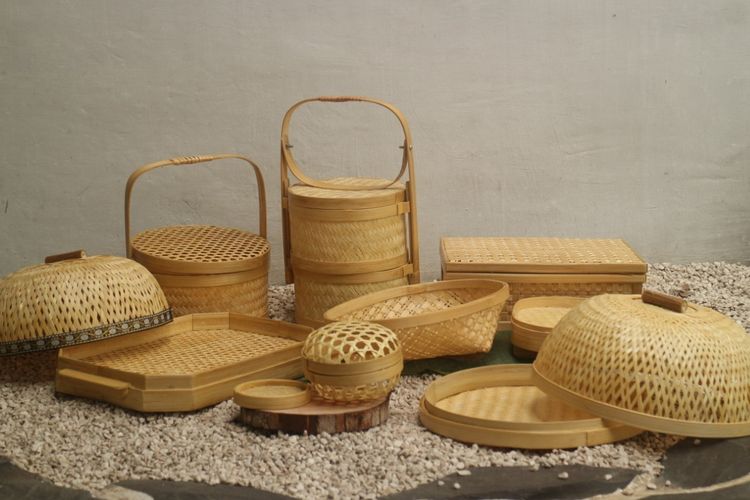Unveiling the Timeless Beauty of Balinese Sculptures: A Journey Through Art and Culture:
Balinese culture is a tapestry woven with vibrant colors of tradition, spirituality, and artistic expression. Among its myriad forms of art, Balinese sculptures stand out as timeless embodiments of the island’s rich cultural heritage. From intricate stone carvings adorning ancient temples to graceful wooden statues depicting deities and mythical beings, Balinese sculptures narrate stories of devotion, mythology, and craftsmanship. In this exploration, we delve into the captivating world of Balinese sculptures, uncovering their significance, symbolism, and enduring allure.
The Rich Heritage of Balinese Sculptures:
Balinese sculpture traces its roots back to ancient times, evolving through centuries of cultural exchanges and artistic innovation. Influenced by Hindu, Buddhist, and indigenous beliefs, Balinese sculptures reflect a synthesis of spiritual reverence and artistic expression. One of the most iconic forms of Balinese sculpture is the Bali stone carving found in temples and shrines across the island. These sculptures, often depicting gods, demons, and mythical creatures, serve as guardians and conduits of spiritual energy within sacred spaces.
Symbolism and Significance:
Every curve, every line in Balinese sculptures carries profound symbolism, imbued with layers of meaning that transcend mere aesthetics. The intricate details in these sculptures convey stories from Hindu epics such as the Ramayana and Mahabharata, as well as local folklore and legends. For example, the mythical Garuda, a half-bird, half-man creature, symbolizes strength, loyalty, and divine protection in Balinese culture. Similarly, sculptures of Barong dance, a benevolent mythical creature, represent the eternal struggle between good and evil.
Techniques and Materials:
Balinese sculptors employ a variety of techniques and materials, each with its unique characteristics and challenges. Stone carving, a tradition dating back centuries, requires meticulous precision and patience. Skilled artisans sculpt intricate patterns and motifs into volcanic rock, limestone, and sandstone, bringing to life elaborate temple facades and sacred statues. Wood carving is another prominent tradition in Balinese sculpture, with craftsmen transforming tropical hardwoods such as teak and mahogany into exquisite works of art. From delicate figurines to imposing ceremonial masks, wooden sculptures showcase the versatility and ingenuity of Balinese artisans.
The Evolution of Balinese Sculpture:
While rooted in tradition, Balinese sculpture continues to evolve, reflecting contemporary themes and influences. Modern sculptors draw inspiration from a myriad of sources, blending traditional techniques with innovative approaches to create dynamic and thought-provoking artworks. From abstract interpretations of Balinese mythology to bold statements on social and environmental issues, contemporary Balinese sculpture pushes the boundaries of artistic expression while honoring its cultural heritage.
Preserving Balinese Sculptural Heritage:
In an era of rapid urbanization and cultural homogenization, preserving Balinese sculptural heritage is more crucial than ever. Organizations and initiatives dedicated to cultural conservation play a vital role in safeguarding traditional craftsmanship and promoting awareness of Balinese art and culture. Through education, advocacy, and sustainable tourism practices, these efforts aim to ensure that future generations can continue to marvel at the beauty and significance of Balinese sculptures.
Conclusion:
Balinese sculptures stand as enduring testaments to the island’s rich cultural legacy, embodying the spirit of creativity, devotion, and resilience. From ancient stone carvings to contemporary masterpieces, these artworks invite us on a journey through time and imagination, reminding us of the power of art to transcend boundaries and connect us to our shared humanity. As we celebrate the beauty and diversity of Balinese sculptures, let us also commit to preserving and honoring this invaluable heritage for generations to come.

